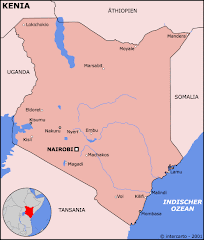

Mira/ Khat is one of the most consumed drug in Kenya!
Khat (Catha edulis Forsk, family Celastraceae), pronounced "cot" and also known as qat, gat, tschat, and miraa, is a shrubby plant used for centuries in parts of Africa and the Arabian Peninsula. There, chewing khat predates the use of coffee and is used in a similar social context. Its fresh leaves and tops are chewed or, less frequently, dried and consumed as tea, in order to achieve a state of euphoria and stimulation. ...






No comments:
Post a Comment